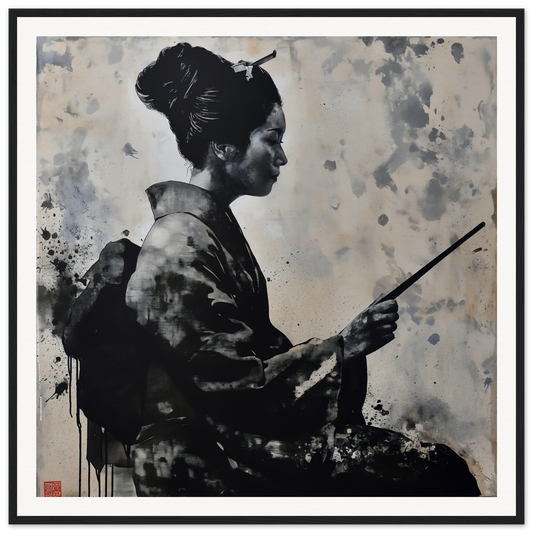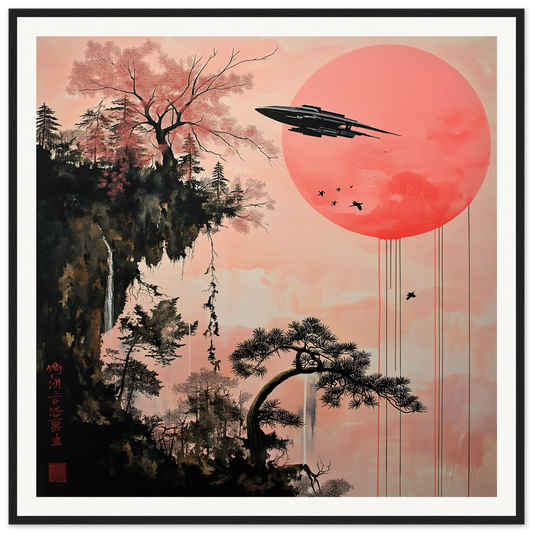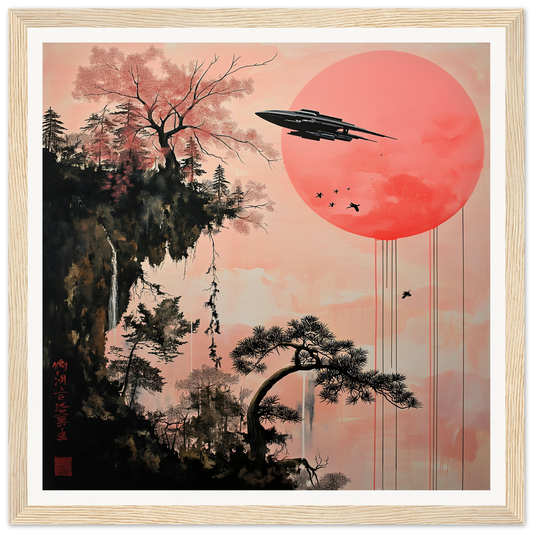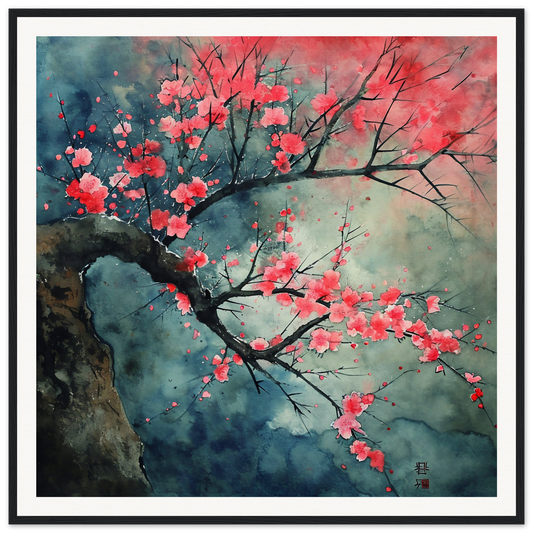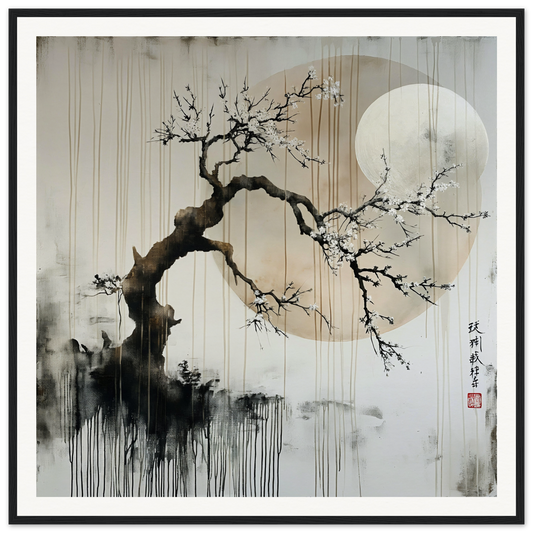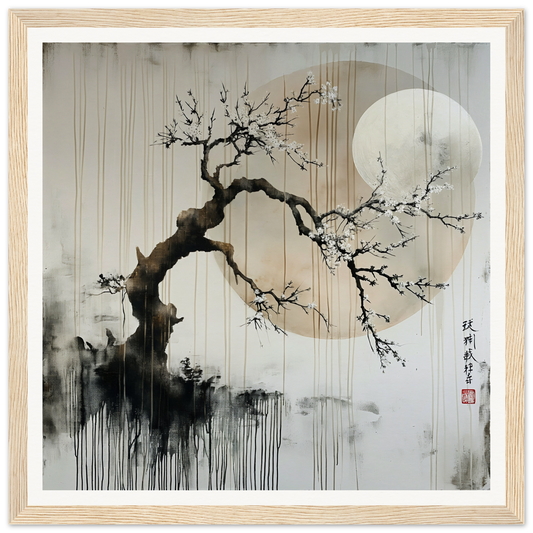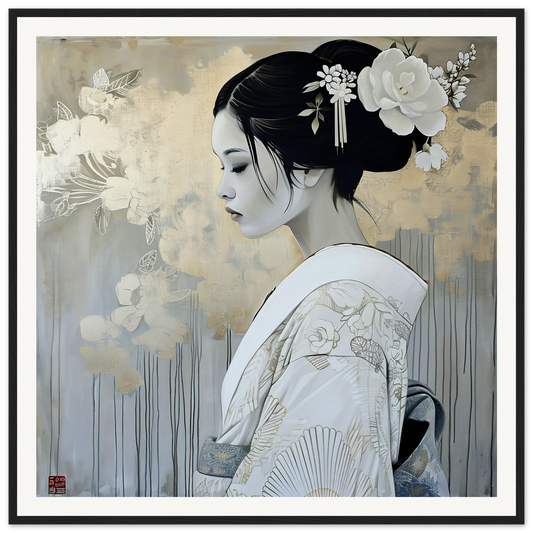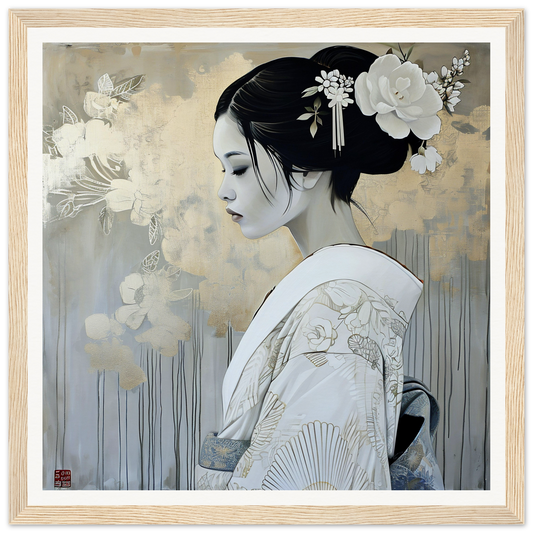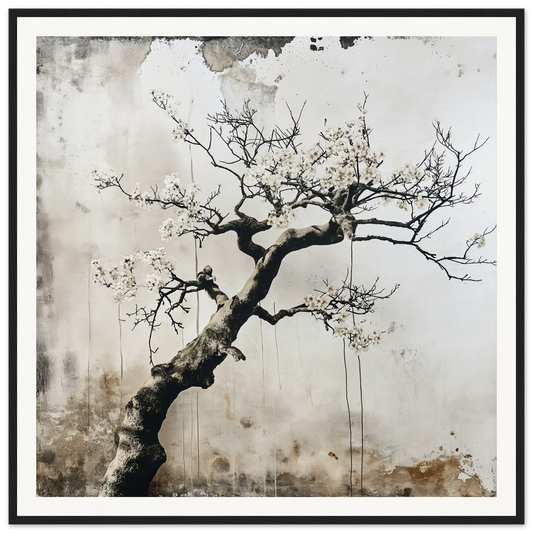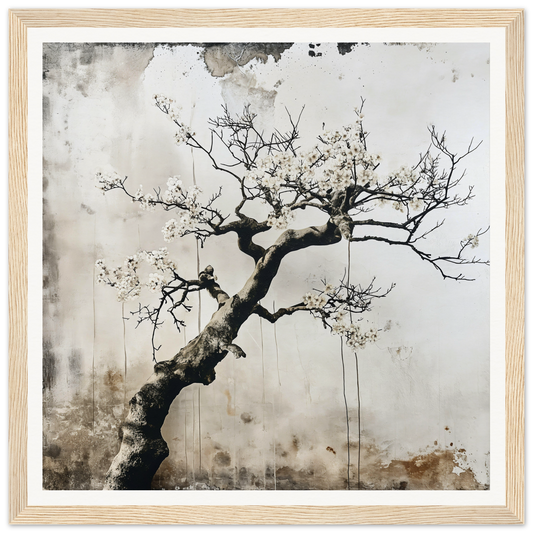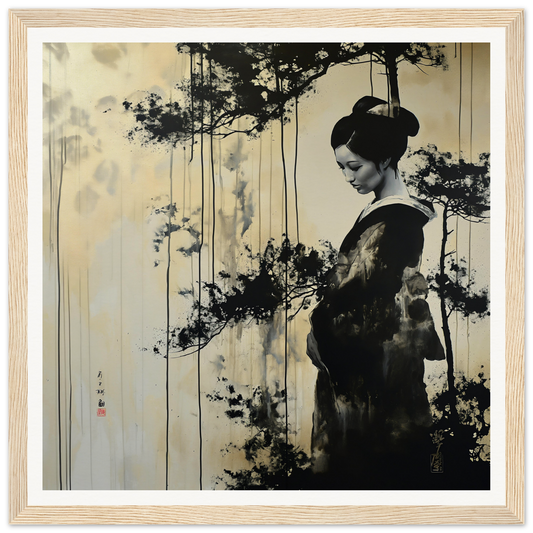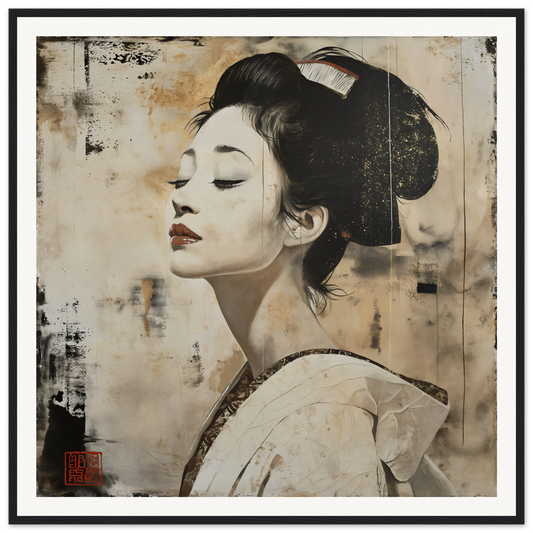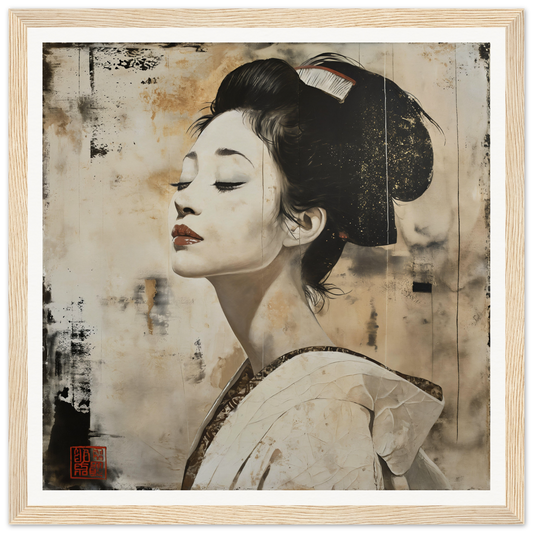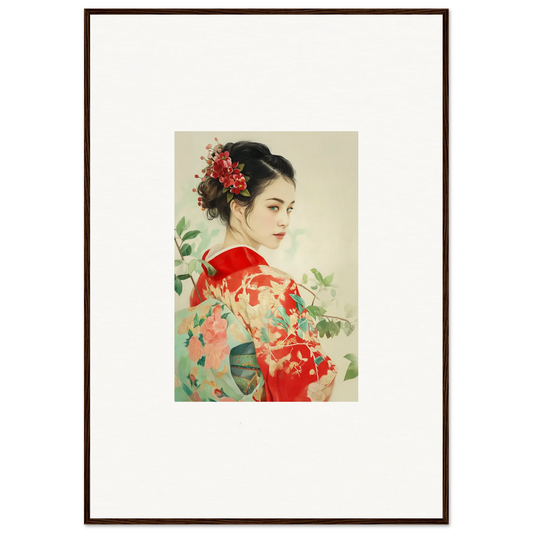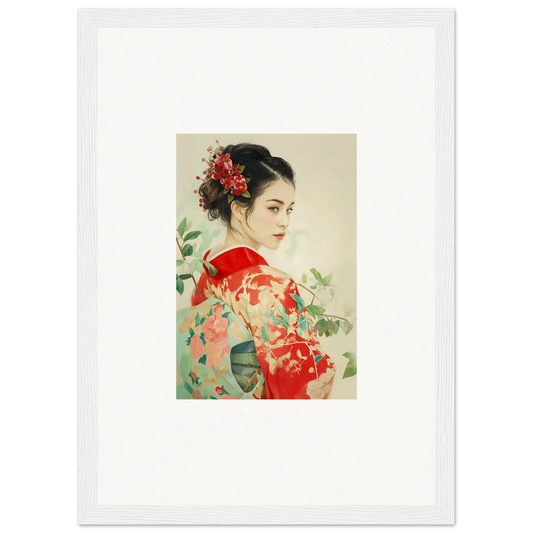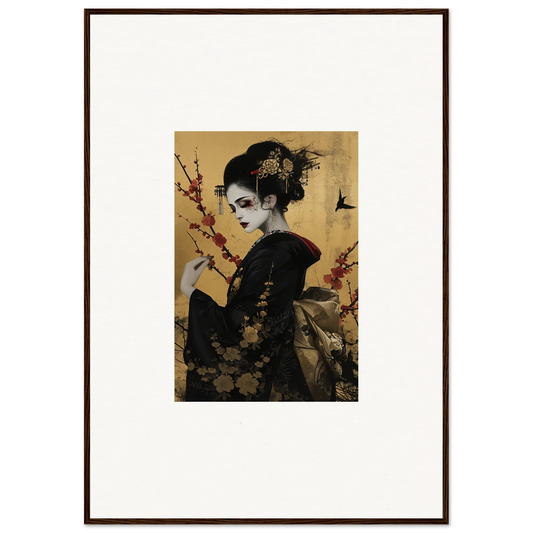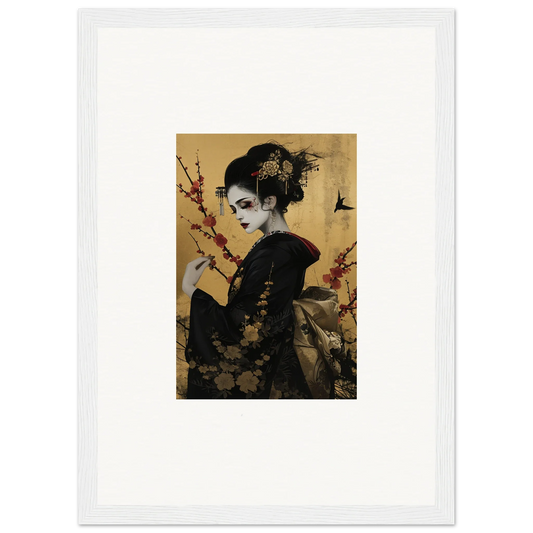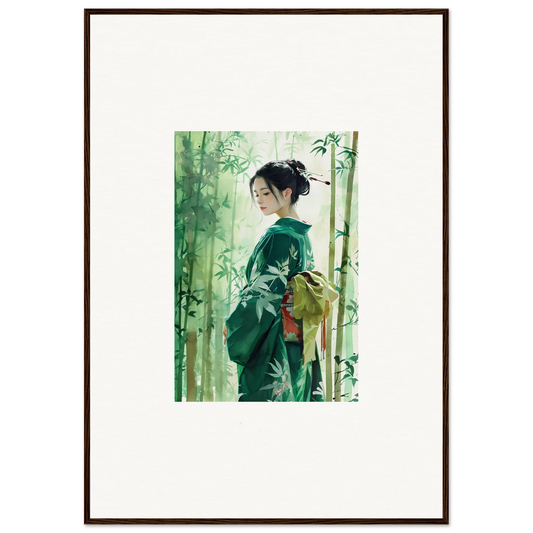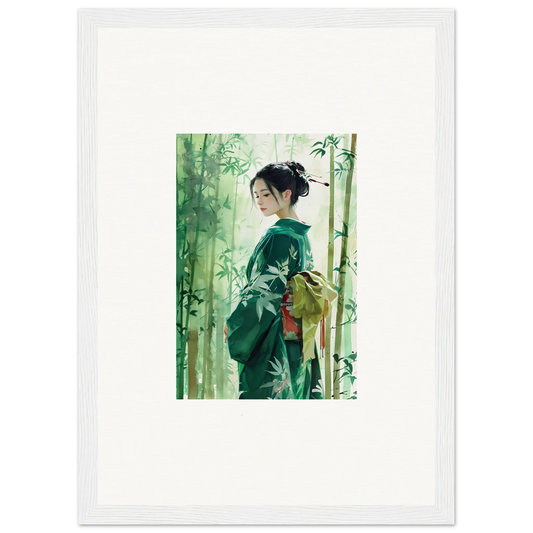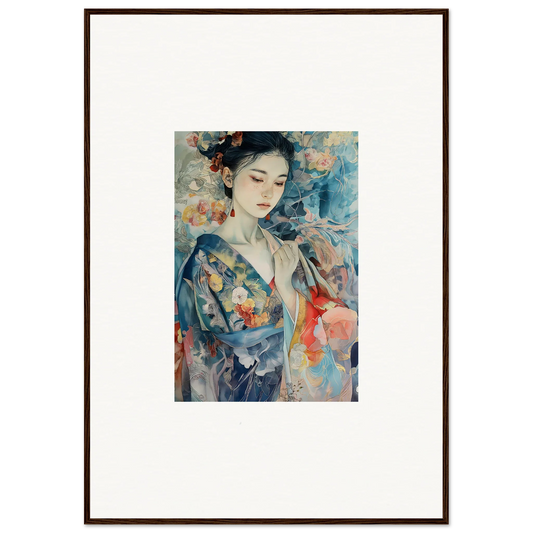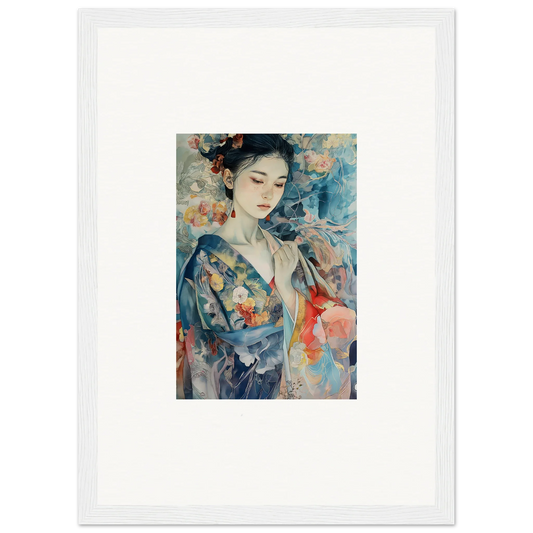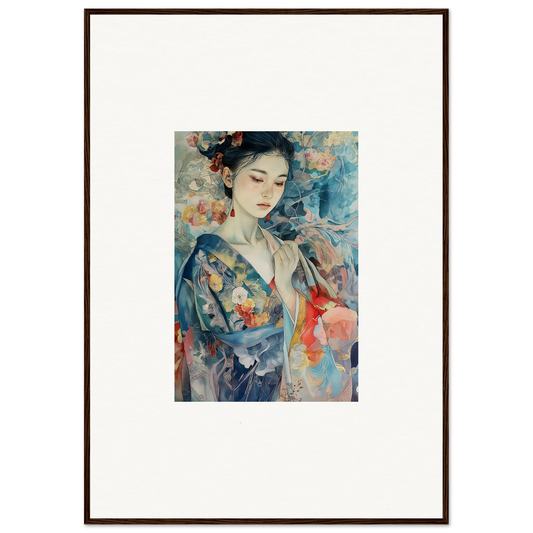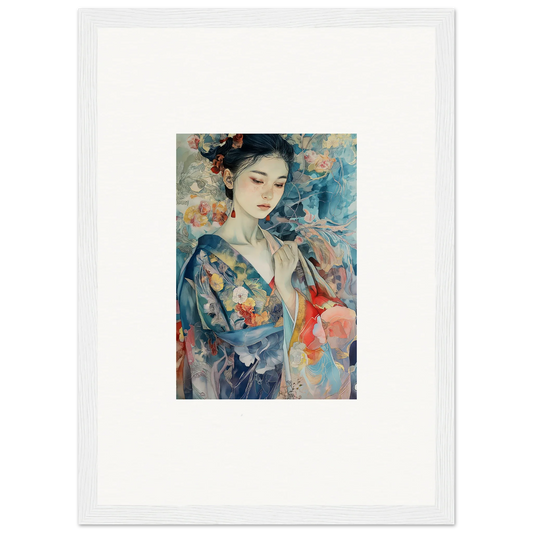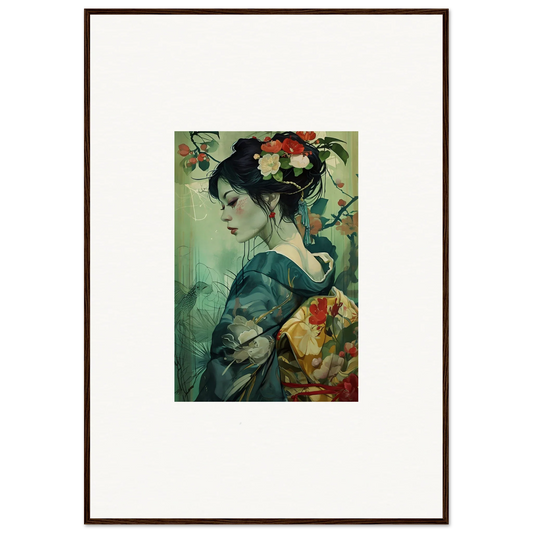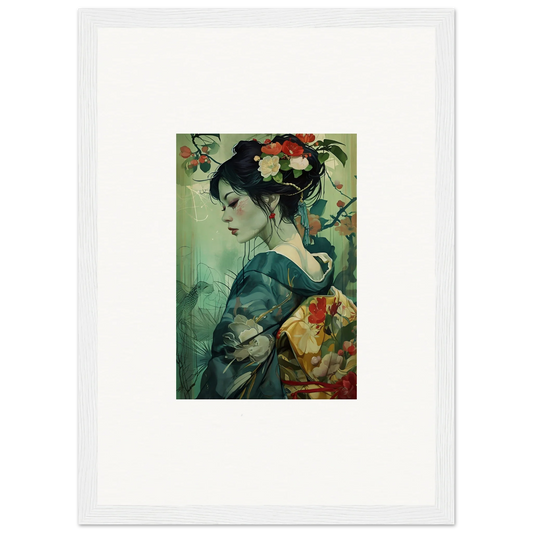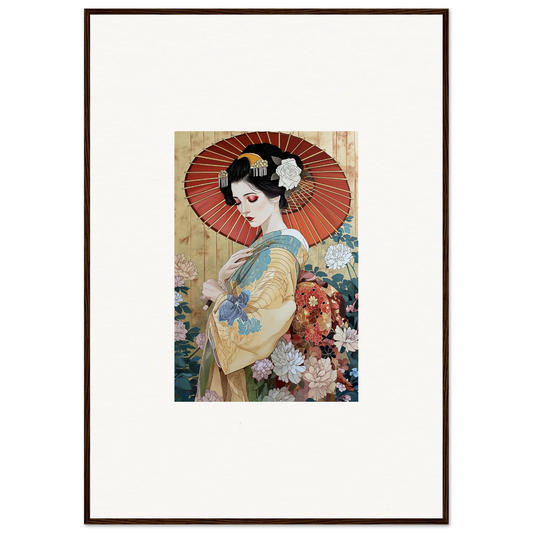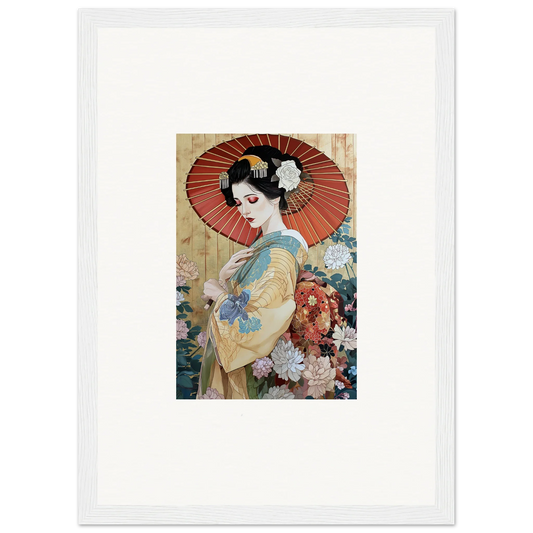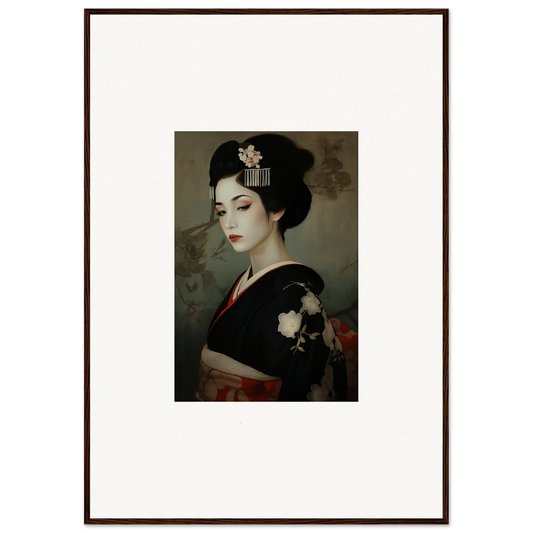
Unveiling the Magic of AI Image Generators
Share
In the captivating realm of Artificial Intelligence (AI), the extraordinary capabilities of image generators emerge as a true marvel. These revolutionary AI-powered tools have the remarkable ability to craft stunning visuals that defy conventional limits through ingenious algorithms and deep learning methodologies. The enchanting process by which AI image generators seamlessly conjure lifelike pictures from mere pixels illustrates the awe-inspiring potential of technology. Witness the captivating artistry and boundless opportunities that AI image generators unfurl in transforming the creative landscape across various industries.
Understanding AI Image Generators: A Beginner's Guide
Welcome to the world of AI image generators, where artificial intelligence showcases its magic through creating visual content. These innovative tools have revolutionized various industries, offering endless possibilities for creativity.
- Definition: AI image generators are software applications powered by artificial intelligence that can autonomously produce images from textual descriptions or prompts.
- Significance: These tools find extensive use in graphic design, advertising, and gaming industries, streamlining the creative process and reducing time and effort.
- Real-World Example: A popular AI image generator is DeepDream, developed by Google, known for creating psychedelic and dreamlike images based on existing pictures.
- Applications: AI image generators are utilized for generating unique visuals for websites, product designs, social media posts, and even in healthcare for medical imaging enhancement.
Exploring the Artistic Capabilities of AI Image Generators
The realm of art and visual content creation is being transformed by the innovative capabilities of AI image generators, ushering in a new era of creativity and expression. Through the fusion of technology and artistry, AI systems are generating stunning visuals that push the boundaries of traditional artistic methods.
- Unlocking Varied Styles: AI image generators have the power to produce artwork in a multitude of styles, ranging from classical masterpieces to abstract compositions, offering artists a spectrum of creative possibilities.
- Advanced Techniques: These generators utilize cutting-edge algorithms to emulate painting techniques, such as brush strokes and textures, enabling the creation of visually captivating pieces with remarkable detail and realism.
- Diverse Applications: AI-generated images find applications across various artistic mediums, including digital art, graphic design, and even filmmaking, expanding the horizons of artistic expression in the digital age.
- Innovative Collaborations: Artists are increasingly collaborating with AI image generators to merge human creativity with machine intelligence, leading to groundbreaking artworks that challenge conventional artistic norms and inspire new forms of visual storytelling.
The Science Behind AI Image Generation: Algorithms Demystified
When exploring the realm of AI image generation, it is imperative to grasp the fundamental algorithms at play. Understanding the intricacies of these algorithms sheds light on the magic behind creating authentic visuals.
- Generative Adversarial Networks (GANs): GANs present a pivotal role in AI image generation by comprising two neural networks - a generator and a discriminator. The generator fabricates images, while the discriminator evaluates them for realism.
- Convolutional Neural Networks (CNNs): CNNs specialize in analyzing visual data and are instrumental in image generation tasks. These networks learn patterns and textures through multiple layers, enabling the generation of high-quality images.
- Transformers: Transformers, particularly in the form of Vision Transformers (ViTs), have emerged as a potent tool for image generation. ViTs handle image patches for processing, allowing for efficient and effective synthesis of visuals.
- Autoencoders: Autoencoders serve as compact neural networks that compress data into a latent space representation. In the realm of image generation, these networks can reconstruct images from this latent space, facilitating the creation of diverse visual outputs.
'AI vs. Human' Creations: Unveiling the Distinctions
Distinguishing images crafted by AI systems from those brought to life by human hands involves a thorough exploration of factors like creativity, originality, and emotional resonance. Understanding these disparities sheds light on the realm where artificial intelligence intersects with human artistry.
- Creativity:
- Originality:
- Emotional Impact:
- Limitations:
AI-generated images exhibit an impressive ability to replicate patterns, styles, and structures based on training data. However, the scope and depth of innovative concepts are often limited to existing datasets.
While AI can produce visually striking compositions, the element of true uniqueness originating from human experiences and emotions remains lacking. Human artists infuse personal narratives into their work, making each piece distinct.
Human-generated art has the remarkable capability to evoke deep emotional responses due to its authentic, soulful essence. AI creations may visually captivate but often fall short in triggering profound emotional connections.
AI image generators lack the ability to encompass abstract concepts or convey complex emotions that stem from human consciousness and lived experiences. This limitation hampers the depth and richness found in human-crafted artworks.
